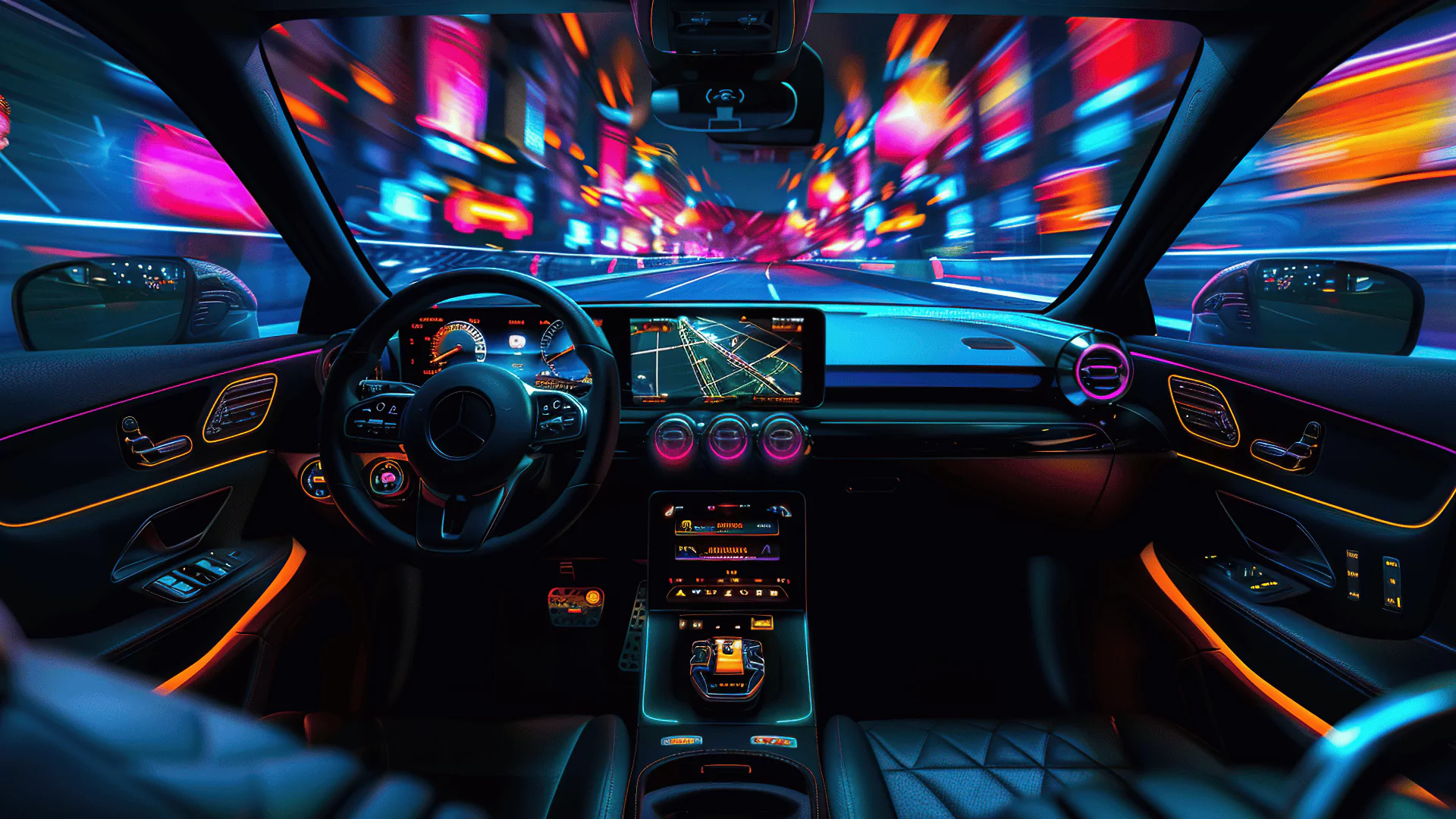A video going along with that paper was uploaded to YouTube yesterday:
Both paper and video relate to another paper and video published by the same Uni Tübingen authors earlier this year. At a cursory glance, at least the videos (posted about six months apart) appear to be VERY similar:
https://thestockexchange.com.au/threads/brn-discussion-ongoing.1/post-416900
View attachment 70372
View attachment 70373
Now compare the slides to those in the video uploaded October 3:
View attachment 70368
View attachment 70369
View attachment 70370
In fact, when I just tried to cursorily compare the new paper to the March 15 paper that
@Fullmoonfever had linked at the time (
https://thestockexchange.com.au/threads/brn-discussion-ongoing.1/post-416313), I discovered that the link he had posted then now connects directly to this new paper, published on September 16, so it seems to be an updated version of the previous paper.
I did notice the addition of another co-author, though: Sebastian Otte, who used to be a PhD student and postdoc at Uni Tübingen (2013-2023) and became Professor at Uni Lübeck’s Institute for Robotics and Cognitive Systems just over a year ago, where he heads the Adaptive AI research group.
To put the results that our competitors’ neuromorphic offerings fared worse in the benchmarking tests alongside Akida somewhat into perspective:
In all fairness, it should be highlighted that Akida’s superiority was at least partly due to the fact that AKD1000 is available as a PCIe Board, whereas SynSense’s DynapCNN was connected to the PC via USB and - as the excerpt Gazzafish already posted shows - the researchers did not have direct access to a Loihi 2 edge device, but merely through a virtual machine provided by Intel via their Neuromorphic Research Cloud. The benchmarking would obviously yield better comparable results if the actual hardware used were of a similar form factor:
“Our results show that the better a neuromorphic edge device is connected to the main compute unit, e.g., as a PCIe card, the better the overall run-time.”
Anyway, Akida undoubtedly impressed the researchers, and as a result they are considering further experiments: “(…) future work could involve evaluating the system with an additional Akida PCIe card.”
View attachment 70374
In an earlier post (
https://thestockexchange.com.au/threads/brn-discussion-ongoing.1/post-426404), I had already mentioned that the paper’s first author, Andreas Ziegler, who is doing a PhD in robotics and computer vision at Uni Tübingen, has meanwhile completed his internship at Sony AI in Switzerland (that - as we know - partially funded the paper’s research):
View attachment 70375
Fun fact: One of his co-authors, Karl Vetter, however, is no longer with Uni Tübingen’s Cognitive Systems Lab, but has since moved to France, where he has been working as a research engineer for…



Neurobus for the past three months!
It’s a small world, isn’t it?!
 View attachment 70376
View attachment 70377
View attachment 70376
View attachment 70377




